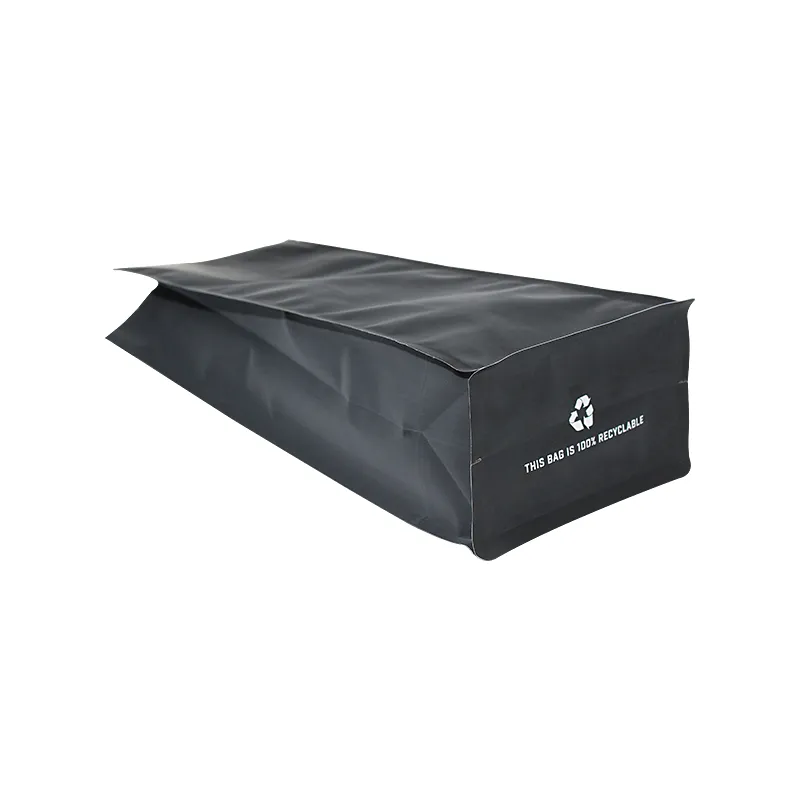- Afrikaans
- Albanian
- Amharic
- Arabic
- Armenian
- Azerbaijani
- Basque
- Belarusian
- Bengali
- Bosnian
- Bulgarian
- Catalan
- Cebuano
- chinese_simplified
- chinese_traditional
- Corsican
- Croatian
- Czech
- Danish
- Dutch
- English
- Esperanto
- Estonian
- Finnish
- French
- Frisian
- Galician
- Georgian
- German
- Greek
- Gujarati
- haitian_creole
- hausa
- hawaiian
- Hebrew
- Hindi
- Miao
- Hungarian
- Icelandic
- igbo
- Indonesian
- irish
- Italian
- Japanese
- Javanese
- Kannada
- kazakh
- Khmer
- Rwandese
- Korean
- Kurdish
- Kyrgyz
- Lao
- Latin
- Latvian
- Lithuanian
- Luxembourgish
- Macedonian
- Malgashi
- Malay
- Malayalam
- Maltese
- Maori
- Marathi
- Mongolian
- Myanmar
- Nepali
- Norwegian
- Norwegian
- Occitan
- Pashto
- Persian
- Polish
- Portuguese
- Punjabi
- Romanian
- Russian
- Samoan
- scottish-gaelic
- Serbian
- Sesotho
- Shona
- Sindhi
- Sinhala
- Slovak
- Slovenian
- Somali
- Spanish
- Sundanese
- Swahili
- Swedish
- Tagalog
- Tajik
- Tamil
- Tatar
- Telugu
- Thai
- Turkish
- Turkmen
- Ukrainian
- Urdu
- Uighur
- Uzbek
- Vietnamese
- Welsh
- Bantu
- Yiddish
- Yoruba
- Zulu
cmyk file format
Understanding CMYK File Format A Guide for Designers and Print Professionals
The world of digital printing and graphic design is continually evolving, and with it comes a variety of file formats. Among these, the CMYK format stands out, particularly for its critical role in producing high-quality printed materials. This article aims to explain what CMYK is, why it matters, and how to effectively use this color model in your projects.
What is CMYK?
CMYK stands for Cyan, Magenta, Yellow, and Key (Black). It is a subtractive color model primarily used in color printing. Unlike RGB (Red, Green, Blue), which is an additive color model used for digital displays, CMYK works by combining varying percentages of each of the four inks to create a wide spectrum of colors. When these inks are printed on white paper, they absorb (subtract) certain wavelengths of light, reflecting others that the human eye perceives as color.
CMYK is the preferred format for printed materials because it more accurately represents the colors produced by physical inks. In contrast, RGB is used for digital work because it relies on light to create color. Understanding the difference between these two models is crucial for graphic designers, particularly when transitioning from digital work to print.
Why is CMYK Important?
1. Color Accuracy The primary advantage of using the CMYK format is color accuracy. When designing for print, using CMYK ensures that the colors you see on your screen will be similar to those that appear on your printed product. This is particularly vital for branding materials, marketing brochures, and any publication where color consistency is vital.
2. Professional Standards Most printing companies require files to be submitted in CMYK format. Using this format allows for smoother communication between designers and printers, reducing the likelihood of errors. When specifications are met, the quality of the final product is improved.
3. Print Quality Utilizing CMYK can also enhance the overall quality of the printed output. This model allows for a more extensive range of colors and deeper, more vibrant hues. Specifically, black (Key) plays a significant role in producing sharp, clean images that stand out, particularly in text-heavy designs.
cmyk file format

How to Use CMYK in Your Designs
To effectively use CMYK in your design projects, follow these essential tips
1. Set Up Your Document Correctly When starting a new project, configure your document settings to CMYK color mode in your design software (such as Adobe Photoshop, Illustrator, or InDesign). This will help you create colors that are true to what will be printed.
2. Use Color Profiles Many printers provide color profiles that can be installed in your design software. These profiles are designed to ensure that the colors you select are accurate and consistent with the printer's capabilities. Always ask your printer for their recommended profile to guarantee the best results.
3. Be Mindful of Color Choices Not all colors in the RGB spectrum can be reproduced in CMYK. Therefore, it is essential to choose colors wisely. For bright colors, especially neon and highly saturated hues, check how they convert to CMYK to avoid disappointing results.
4. Proof Your Designs Before finalizing your work, print a proof to see how the colors translate from your design software to the physical medium. This allows you to make necessary adjustments to achieve the desired result.
5. Communicate with Your Printer Establish a good relationship with your printer and communicate your color specifications. Understand their production processes and capabilities to achieve the best results.
Conclusion
As a designer or print professional, understanding the CMYK file format is essential for producing high-quality printed materials. By leveraging the science behind this color model and following the best practices outlined above, you can ensure that your designs not only look great on screen but also meet the high standards of print production. Effective use of CMYK can significantly enhance the professionalism of your work and satisfaction of your clients, ultimately leading to greater success in the competitive landscape of graphic design.













